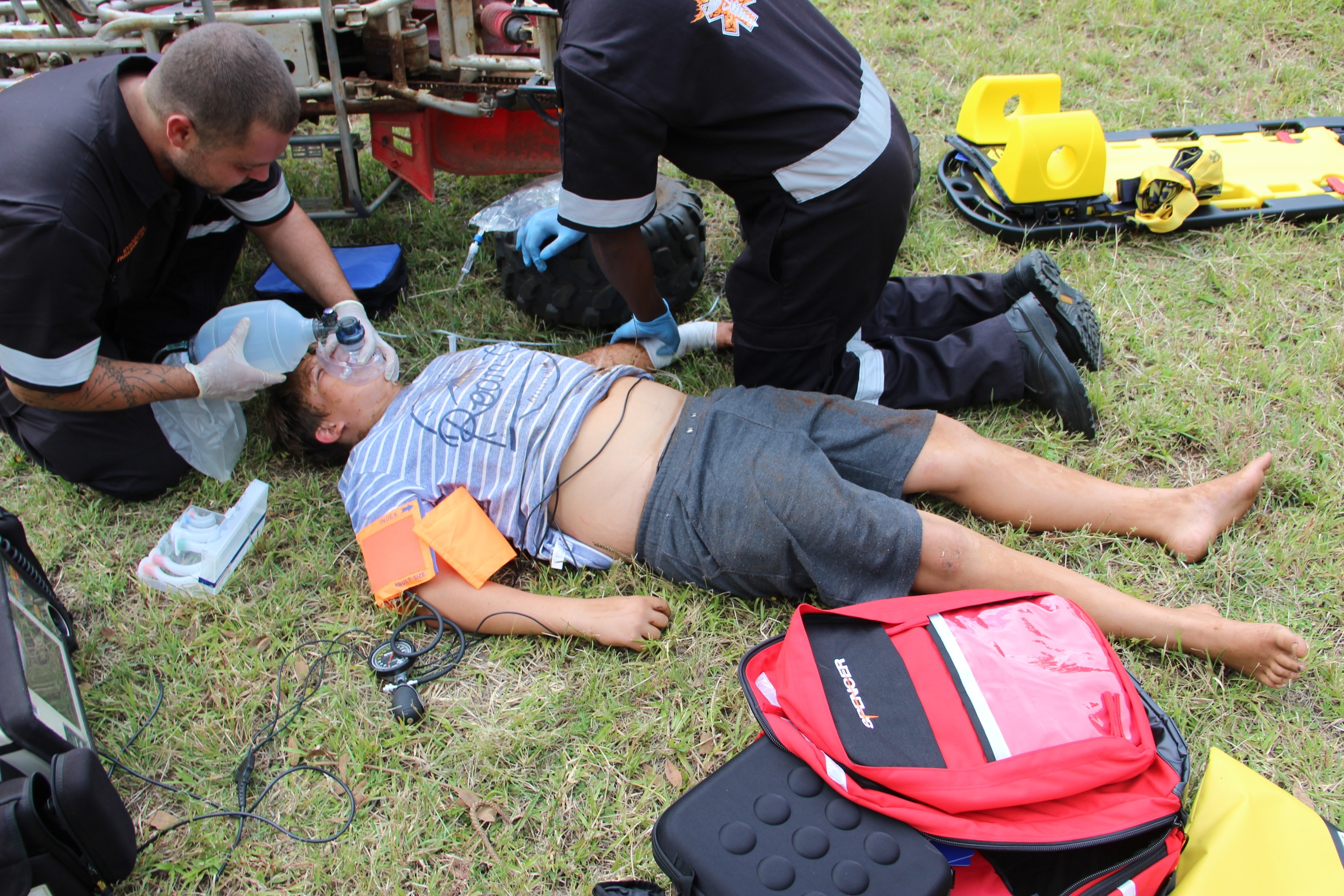
Difference between concussive and non-concussive head injuries
A ‘head injury’ is any type of trauma to the skull and the structures it contains (mainly the brain and blood vessels) that occurs when an external force of various kinds strikes the cranial box at any point
A brain trauma can result in various types of brain injury, from a mild concussion to – in the most severe cases – cardiac arrest requiring defibrillation or cardiac massage and artificial respiration.
A head injury can be of two types: concussive and non-concussive head trauma
The difference is that in the former concussion occurs, while in the latter it does not.
Concussive head injury: what is concussion?
Concussion (or ‘concussion’) is a generally temporary and reversible alteration of brain function caused by head trauma.
Concussion is characterised by a usually temporary state of confusion in which nerve centres controlling functions such as memory, balance, and coordination are altered.
Concussion may also be characterised by temporary loss of consciousness (fainting).
These symptoms may appear immediately after the trauma, or present late, at a later time.
Read Also:
Emergency Live Even More…Live: Download The New Free App Of Your Newspaper For IOS And Android
Neurology, Link Between Traumatic Brain Injury (TBI) And Dementia Examined
Ruptured Brain Aneurysm, Violent Headache Among The Most Frequent Symptoms


